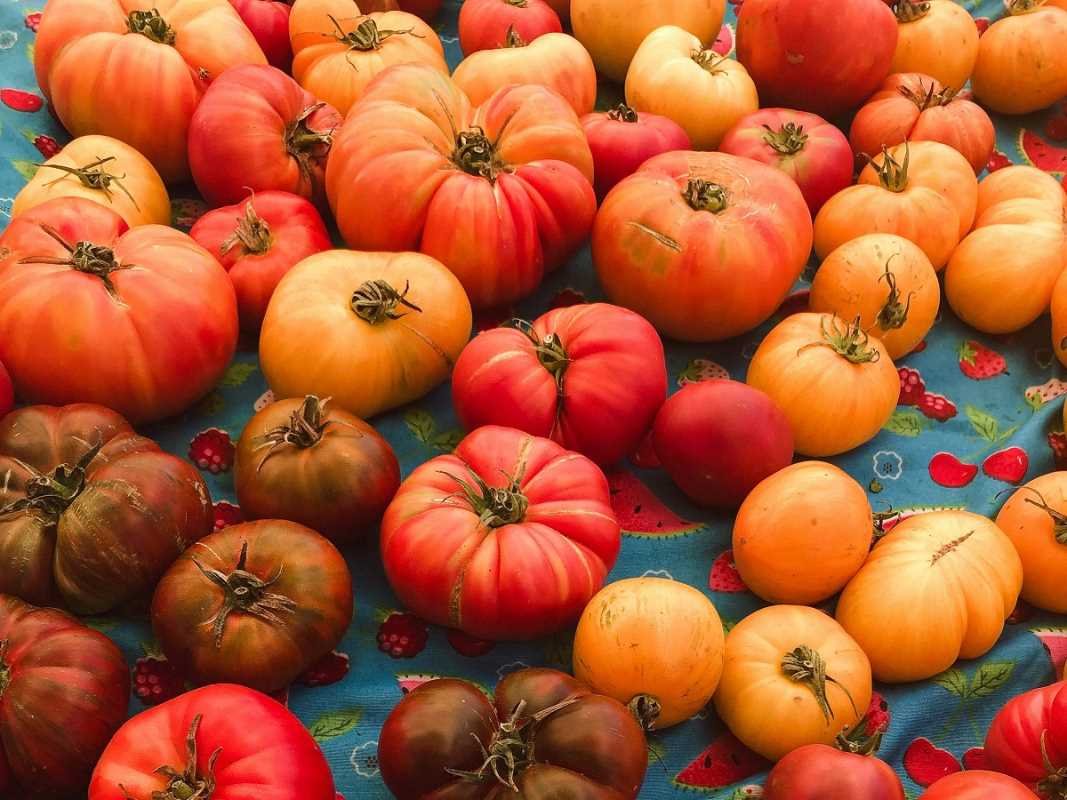Eating fruits and vegetables that are in season isn’t just a trend; it’s a time-tested way to enhance your health. Seasonal produce, picked at its peak ripeness, isn’t just fresher and tastier but often more nutrient-rich and budget-friendly.
This practice ties us to nature’s rhythms, offering a bounty of benefits for our bodies, wallets, and even the planet. If you’ve been relying on the same out-of-season staples year-round, it’s time to shake things up. Here are five compelling reasons why eating seasonal produce can elevate your nutritional game.
Higher Nutrient Content to Elevate Your Health
When fruits and vegetables are grown, picked, and consumed during their natural season, they tend to have higher nutrient levels. Why? Seasonal produce ripens naturally in the sun, which allows plants to fully develop their vitamin and mineral content. Compare this to out-of-season produce, which is often harvested early to withstand long transportation times, sacrificing flavor and nutrition along the way.
For instance, a sun-ripened summer tomato will be far richer in vitamin C and antioxidants like lycopene compared to a winter supermarket variety shipped from halfway across the world. Similarly, leafy greens like spinach or kale harvested in the cooler months boast a more robust nutrient profile, including iron and vitamin K.
When you eat seasonally, you’re doing your body a favor by giving it what it needs most during that time of year. Think about it: citrus fruits with vitamin C flourish in winter, just when your immune system might need an extra boost to combat colds and flu.
Better Flavor and Satisfaction
If you’ve ever bitten into a strawberry in January and felt disappointed by its bland taste, you’re not alone. Out-of-season produce often looks the part but lacks the intense flavor you’d get from fruits and veggies grown during their natural growing season. Eating seasonally means enjoying produce at its peak, when it’s bursting with natural sweetness or savory goodness.
Take a ripe summer peach, for example. When picked in season, it’s sweet, fragrant, and juicy. Compare that to an out-of-season peach that’s probably been cold-stored for months and tastes mealy and dull. The superior flavor of seasonal produce isn’t just a treat; it encourages you to eat more fruits and vegetables overall, which is a win for your health.
Not sure how to savor seasonal produce? Start paying closer attention to seasonal availability at your farmers markets or grocery store. Then, get cooking! Create refreshing summer salads with in-season cucumbers or roast hearty root vegetables for cozy winter meals.
Cost-Effectiveness Makes Healthy Living Accessible
Eating well shouldn’t break the bank, and seasonal produce is one of the easiest ways to stretch your grocery budget. When farmers harvest fruits and vegetables in abundance, the cost of production drops. This results in seasonal produce being far more affordable than its out-of-season counterpart, which often racks up costs due to storage and transportation.
Take apples as an example. During peak apple season in the fall, they’re not only fresher but also significantly cheaper than apples bought in their off-season. Similarly, summer berries tend to go on sale at the height of their growing season, when local supply overflows.
There’s a practical side to this cost-effectiveness, too. Here are some simple ways to save even more with seasonal produce:
- Buy in bulk: Purchase larger quantities of seasonal fruits or vegetables like peaches, tomatoes, or squash, then freeze them for later.
- Simplify meals: Seasonal produce is more flavorful, so you need fewer fancy ingredients to make a dish shine.
- Shop local: Farmers markets often sell fresh, in-season produce at better prices than grocery stores.
By sticking to what’s in season, you’re making a choice that’s good for both your wallet and your plate.
Helping the Environment One Bite at a Time
Seasonal eating isn’t just good for you; it’s also a sustainable choice that reduces your environmental impact. Out-of-season produce often has to be transported long distances, sometimes even across continents, to reach your local supermarket. This requires significant energy for refrigeration and fuel, resulting in a heavier carbon footprint.
On the flip side, when you buy seasonal and locally grown produce, you’re cutting down on the need for long-haul transportation. Plus, farming seasonal crops requires fewer resources like artificial lights, heated greenhouses, or excessive water irrigation, making it friendlier to the planet. For example, spring asparagus harvested locally has a much lower environmental impact than asparagus imported in winter.
Want to make an environmentally conscious choice? Try this approach:
- Shop at farmers markets to find produce grown close to home.
- Look for “locally sourced” or “in-season” labels on supermarket fruits and vegetables.
- Plan your weekly meals around what’s seasonally available in your region.
Eating seasonally gives you a chance to tread lightly while still indulging in delicious, nutrient-packed produce.
Supporting Local Farmers and Communities
When you buy seasonal produce, you’re not just improving your diet; you’re also strengthening your local economy. Seasonal eating often goes hand-in-hand with buying locally grown fruits and vegetables, which supports farmers in your community and keeps money circulating closer to home.
This connection also offers benefits beyond economics. By shopping at local markets or through community-supported agriculture (CSA) programs, you gain access to fresher, better-quality ingredients. You might even discover unique heirloom varieties or specialty crops that aren’t available at large supermarkets.
Beyond the practical perks, supporting local farmers fosters a deeper appreciation for where your food comes from. Talking to growers about their harvest or learning about sustainable farming practices can inspire you to make more wholesome food choices every day.
Bringing It All Together
Eating seasonal produce is a win-win for your health, palate, wallet, and planet. From boosting nutrient intake with sun-ripened fruits to enjoying the bold flavors of just-harvested vegetables, the benefits are as diverse as the seasons themselves. Add in the cost savings, sustainability benefits, and the opportunity to support local farmers, and there’s no reason not to align your meals with nature’s rhythms.
To get started, focus on what’s abundant in your area right now. Whether you’re turning peak-summer zucchini into zoodles, roasting fall carrots, or savoring fresh spring greens, every bite of seasonal produce is a step toward a healthier, more conscious lifestyle. Your body, taste buds, and the planet will thank you.
 (Image via
(Image via





